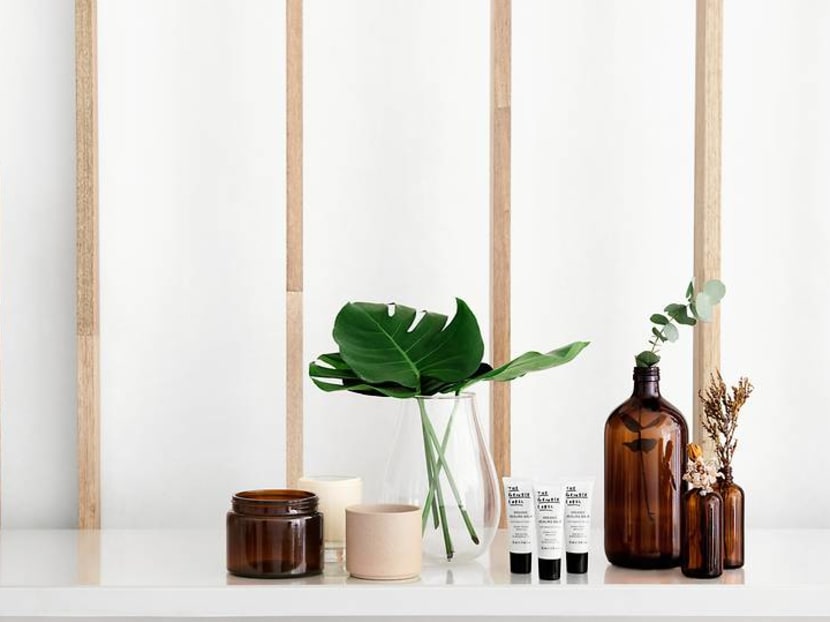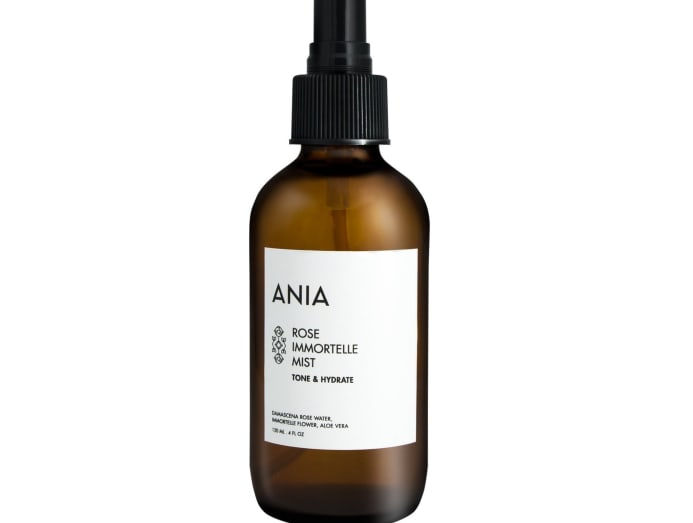Here's why you should opt for clean (NOT green) beauty
There's a thin green line between the two.

You’re in for a rude awakening with this dirty and disquieting “open secret” — our cosmetics contain an appalling array of malignant metals.
We’re talking troubling toxins like lead, arsenic, cadmium and mercury, all of which have been proven to be poisonous to our brains and bodies. In 2011, a startling survey by Canadian consumer watchdog Environmental Defence detected said septic substances in 49 samples of makeup. That same year, the US Food and Drug Administration sniffed out lead lurking in 400 lippies at levels up to 7.19ppm — just shy of the 10ppm upper limit deemed “safe” for consumption.
"Conventional cosmetics are akin to diabetes-inducing donuts for your dermis."
And that’s merely scratching the surface of an insidious iceberg. When it comes to beauty banes, few products are as noxious as nail polish. There’s the synthetic stench, for starters, as well as the implausibly incandescent hues — bewitching bottles with adorable aliases like Cherry Chutney or Broccoli Baby most certainly do not contain genuine greens.
Artificiality aside, Sin Yee Toh, co-founder of homegrown label Basic Theory, warns that formaldehyde is frequently fobbed off as diazolidinyl urea and sodium hydroxymethylglycinate in the fine-print. Yes, the very same formaldehyde used to “freeze” the dearly departed for posterity. The embalming fluid, while being a potent preservative, is also an honest-to-goodness cancer-causing compound (Google it, if you dare).
If your response to that revelation is a brazenly blasé, “So what?”, Nerissa Low, director of makeup line Reflections Organics, notes that a whopping 60 percent of topical tinctures will seep into your system, so you’re literally dipping your toes into a cesspool of carcinogens which may (touch wood!) come back to haunt you decades down the line.
Little green lies
Opting for organic cosmetics may seem to be a canny choice, but nope. Newsflash: Nine times out of ten, you’re being “greenwashed” by bogus beauty brands.
You see, the O-word counts for nought unless the concoction is certified by the U.S. Department of Agriculture as having been formulated with at least 95 percent “organically produced ingredients”. Ergo, the product must be procured sans “artificial” additives — an amorphous definition which doesn’t preclude producers from sneaking in supposedly “natural” but potentially problematic irritants like petroleum and perfume.
"For a dermatological detox, try “feeding” your face with toxin-free tinctures that have been certified by organisations like Ecocert and Natrue."
To wit, a deep dive by the non-profit Environmental Working Group in 2016 revealed that more than 5,000 (!) ostensibly “organic” cosmetics flaunted far-fetched claims that did not warrant the green light, so to speak.
A clean break
At this point, you might be tempted to thrash your stash and call it a day. Well, don’t. The solution is simple: Start small and #SupportLocal.
Instead of blindly buying “green” goods, take the menace out of your makeup by purchasing products from small-batch Singaporean brands like Basic Theory, The Gentle Label, Ania and Katfood, all of which are variously vaunted for being hand-made and ethically sourced using fair-trade ingredients.
The primary point of difference between clean and green? “I think of it very much in terms of food, with clean beauty products doing for your skin what wholesome meals do for your body,” says Olivia Thorpe, founder of “food-grade” label Vanderohe — the implication being that conventional cosmetics are akin to diabetes-inducing donuts for your dermis.

ANIA Rose Immortelle Mist, $54.
For a dermatological detox, try “feeding” your face with toxin-free tinctures that have been certified by organisations like Ecocert and Natrue. One-stop shoppers will be best pleased at multi-label beauty boutiques Bud Cosmetics and Pure Tincture, both of which carry an assortment of alternatives absolved of health hazards like hormone disruptors.
Beauty brainiacs should also do some smartphone sleuthing of their own. The Think Dirty and Beat the Microbead mobile apps are apt for a blow-by-blow breakdown of your favourite foundation’s risk rating.
Bottomline? Sieve out stuff containing the big baddies like lead and mercury, then take time out to test-drive the rest. After all, the beauty of well, beauty lies in sniffing, swatching and stippling your way to (poison-free) perfection.





